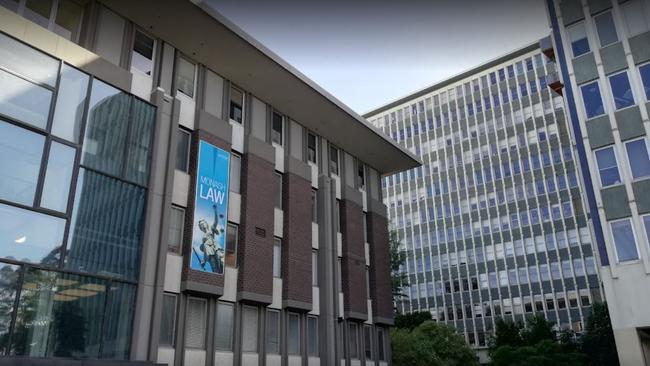‘Alarming’ silicosis rate among stone benchtop workers
The biggest study of stone benchtop workers finds an ‘alarmingly high’ one in four diagnosed with potentially deadly silicosis.

The biggest study of stone benchtop industry workers has found an “alarmingly high” one in four diagnosed with potentially deadly silicosis, prompting researchers to call the results their “worst nightmare coming true”.
The Monash University-led study revealed that mandated screening tests were failing to diagnose workers who had the disease, meaning the rate of silicosis was likely to be more widespread than estimated.
The Albanese government will introduce legislation on Wednesday to establish a national registry for reporting of all occupational respiratory diseases, with the reporting of silicosis mandatory.
The new study, led by Ryan Hoy and emeritus professor Malcolm Sim from the School of Public Health and Preventive Medicine, investigated 544 stone benchtop workers to determine how many had silicosis and how accurate current screening methods were in detecting silicosis.
Employers are mandated to screen workers at risk of silica exposure, which must include respiratory function testing (RFT) and a chest X-ray (CXR). Western Australia is the only state to have legislated that CT chest imaging rather than chest X-ray is used to screen workers exposed to silica.
For this study, stone benchtop workers who had high silica exposure also underwent secondary screening including high-resolution CT (HRCT) chest and respiratory physician assessment.
Of the 544 workers screened, 95 per cent worked with artificial stone, 86 per cent were exposed to dry processing of stone and 76 per cent required secondary screening
Of the 414 workers who had secondary screening with HRCT, 117 were diagnosed with silicosis. All were male and mainly aged between 35 and 50 years.
The average duration of work at the time of diagnosis of silicosis was 12 years, but it could be as short as three years. Almost 60 per cent of people with silicosis were born overseas, mostly in Asian countries.
Dr Hoy told The Australian the results showed “our worst nightmare about this is coming true as to how bad it is”.
“We suspected it could be this bad but this is actually providing data that demonstrates how bad it actually is,” he said.
Dr Hoy said the stone benchtop industry workers had been subjected to appalling working conditions and he was not surprised by the extent of the disease, given the level of silica dust workers had been exposed to.
According to the study, of those diagnosed with silicosis using CT imaging, 72 per cent had normal respiratory function tests.
“We also found almost 40 per cent of people diagnosed with early stage silicosis by CT had a normal chest X-ray, meaning the current screening approaches have limited value in this high-risk population,” Dr Hoy said.
Silicosis may not cause any symptoms until late in the disease, so early accurate detection by use of screening tests is required.
“Although early detection provides the best outlook for a worker, there should be no cases of silicosis occurring.
“Detection of a single worker with silicosis is completely unacceptable and a clear indication of failings,” Dr Hoy said.
The first Australian case of silicosis associated with artificial stone in benchtop fabrication was reported in 2015. By last year, 579 cases were identified in Australia.







To join the conversation, please log in. Don't have an account? Register
Join the conversation, you are commenting as Logout